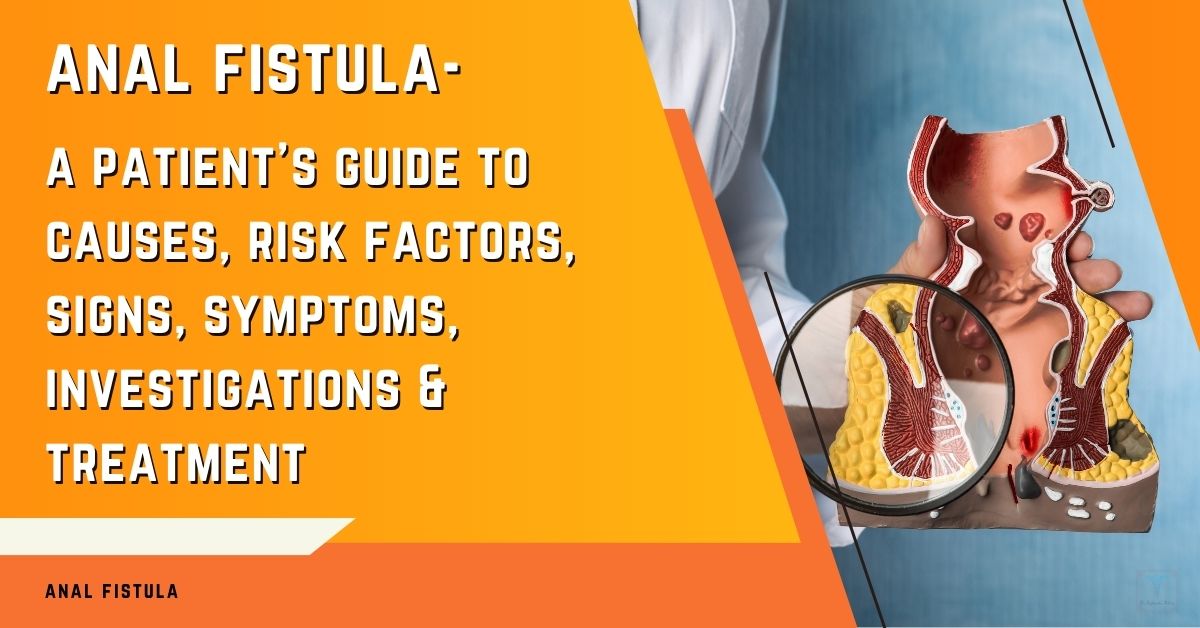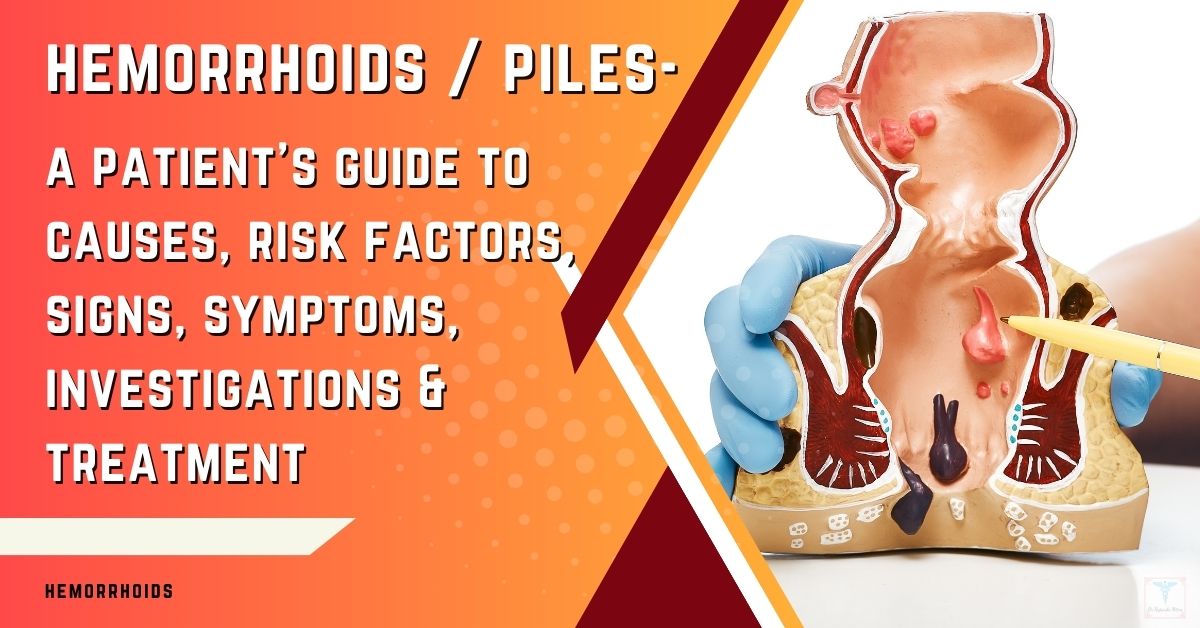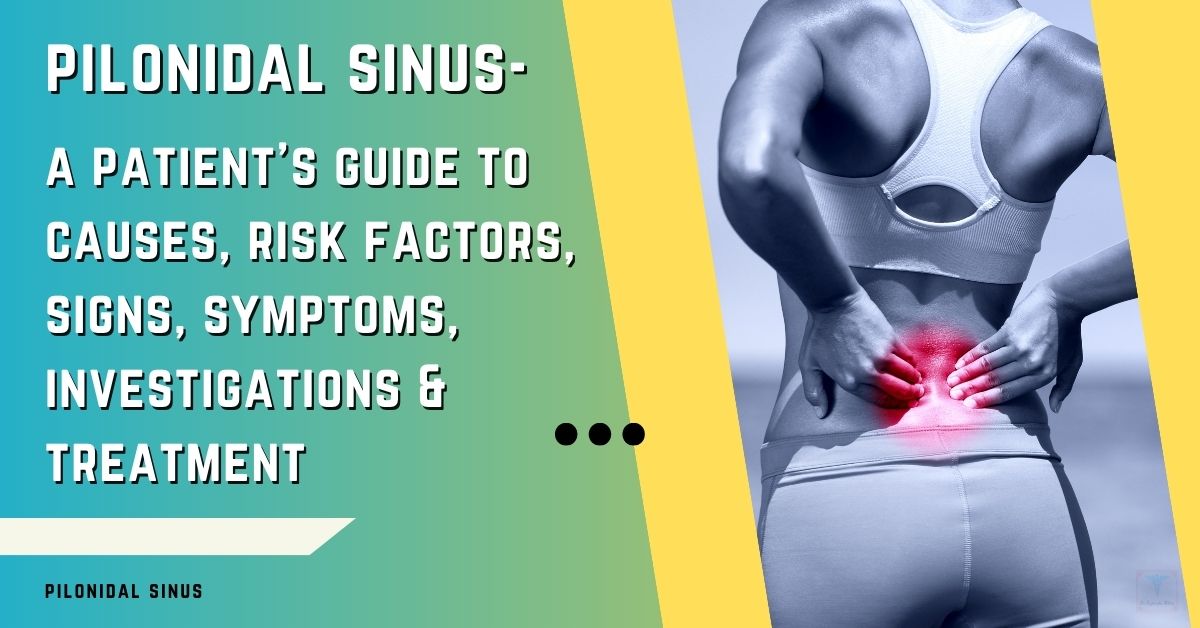The recommended treatment for an inguinal hernia is surgical repair, which has a high success rate. The surgery involves pushing the protruding tissue back into place and strengthening the weak spot in the abdominal wall. Several surgical approaches and techniques are available, each with its own benefits and risks. Non-surgical options can provide temporary relief but are not definitive treatments.
Open Hernia Repair
This is the traditional “open” approach where an incision is made in the groin and the hernia is repaired through open access. Two common methods are the Lichtenstein repair which uses mesh to reinforce the abdominal wall, and the Shouldice repair which uses sutures to close the muscle defect. Open repair allows for examination of the hernia and customization of the repair.
Laparoscopic Hernia Repair
With keyhole laparoscopic surgery, small incisions are made and a tiny camera is inserted to visualize the hernia from inside the abdomen. The mesh is then placed over the weak spot through the incisions. This is a minimally invasive option with faster recovery than open repair. This is the current global standard surgical treatment option for Inguinal Hernias
Robotic Hernia Repair
This is a technologically advanced laparoscopic approach using a robotic surgery system. The surgeon controls robotic arms for precise manipulation and placement of mesh. It has the benefits of minimally invasive surgery but requires highly specialized skills and equipment.
Watchful Waiting
In some cases of minimally symptomatic or small hernias, a physician may recommend watchful waiting with regular monitoring. Surgery can be postponed unless complications arise or symptoms worsen. This may be an option for poor surgical candidates.
Lifestyle Changes
Avoiding strenuous activity, maintaining a healthy weight, preventing constipation, and not smoking can help manage inguinal hernias. However, lifestyle changes alone are not an effective long-term treatment.
Medications
Over-the-counter pain relievers and sitz baths may provide temporary symptom relief. Some doctors prescribe trusses which are supportive devices worn over a hernia. However, medications and trusses do not repair the underlying defect.
Summary of Key Points:
– Surgical repair is the most effective treatment for long-term outcomes
– Open repair allows for customization but requires a larger incision
– Laparoscopic repair is minimally invasive and the current global standard treatment
– Robotic repair provides enhanced visualization and precision
– Watchful waiting may be appropriate for some patients
– Lifestyle changes and medications only ease symptoms temporarily
– Surgery is recommended for moderate/large hernias and those causing impairments
Ultimately, the best course of treatment will depend on your specific situation and risk factors. I recommend surgical repair for most inguinal hernias to prevent potential complications and permanent muscle weakness. Please let me know if you have any other questions as you consider your options. Acting preemptively is advised for optimal surgical results.
Dr. Rajarshi Mitra is a patient-centered, highly-rated Specialist Laparoscopic Surgeon & Proctologist in Abu Dhabi, offering Advanced Laparoscopic Surgery, Minimally Invasive Proctology & Lasers in Proctology. He is MBBS; MS (Surgery); FIAGES; FICS (USA); Dip. Lap (France); and Dip. Hernia (APHS) with 18 years of extensive experience in Laparoscopic Surgery, Minimally Invasive Proctology and Fellowship training in Colorectal and Bariatric Surgery.




















